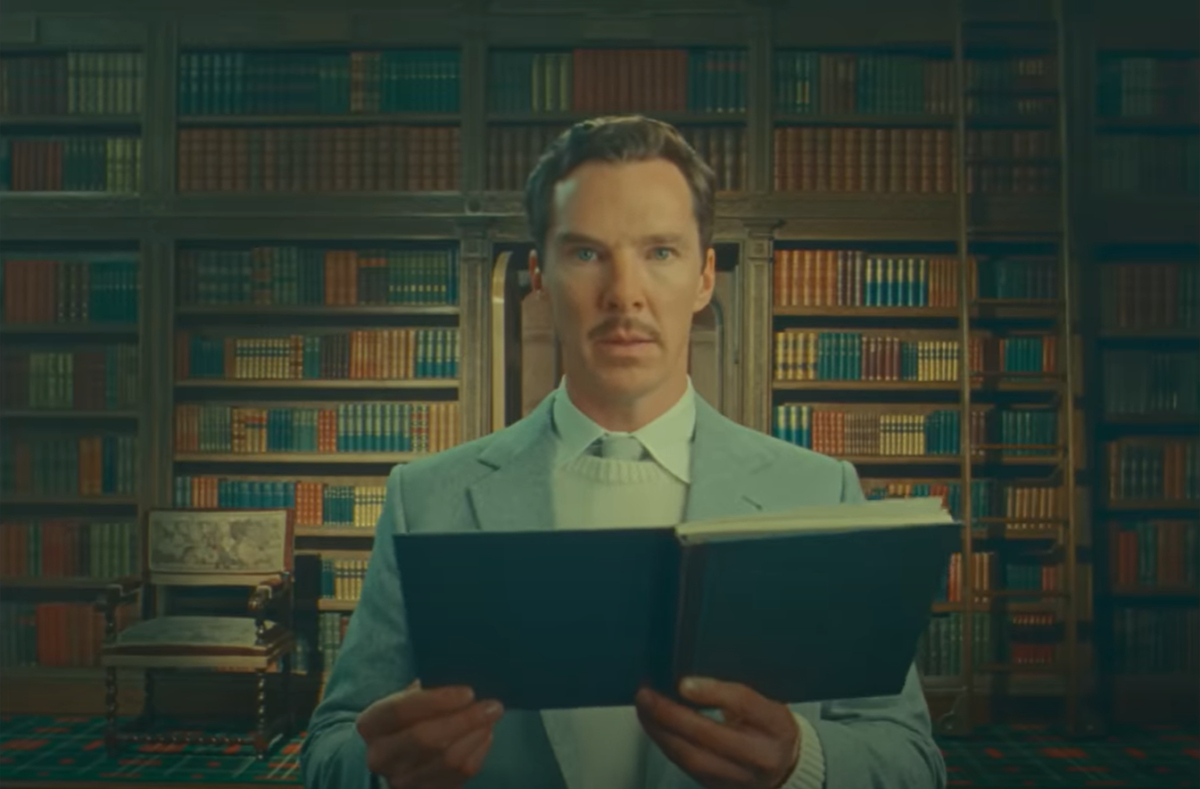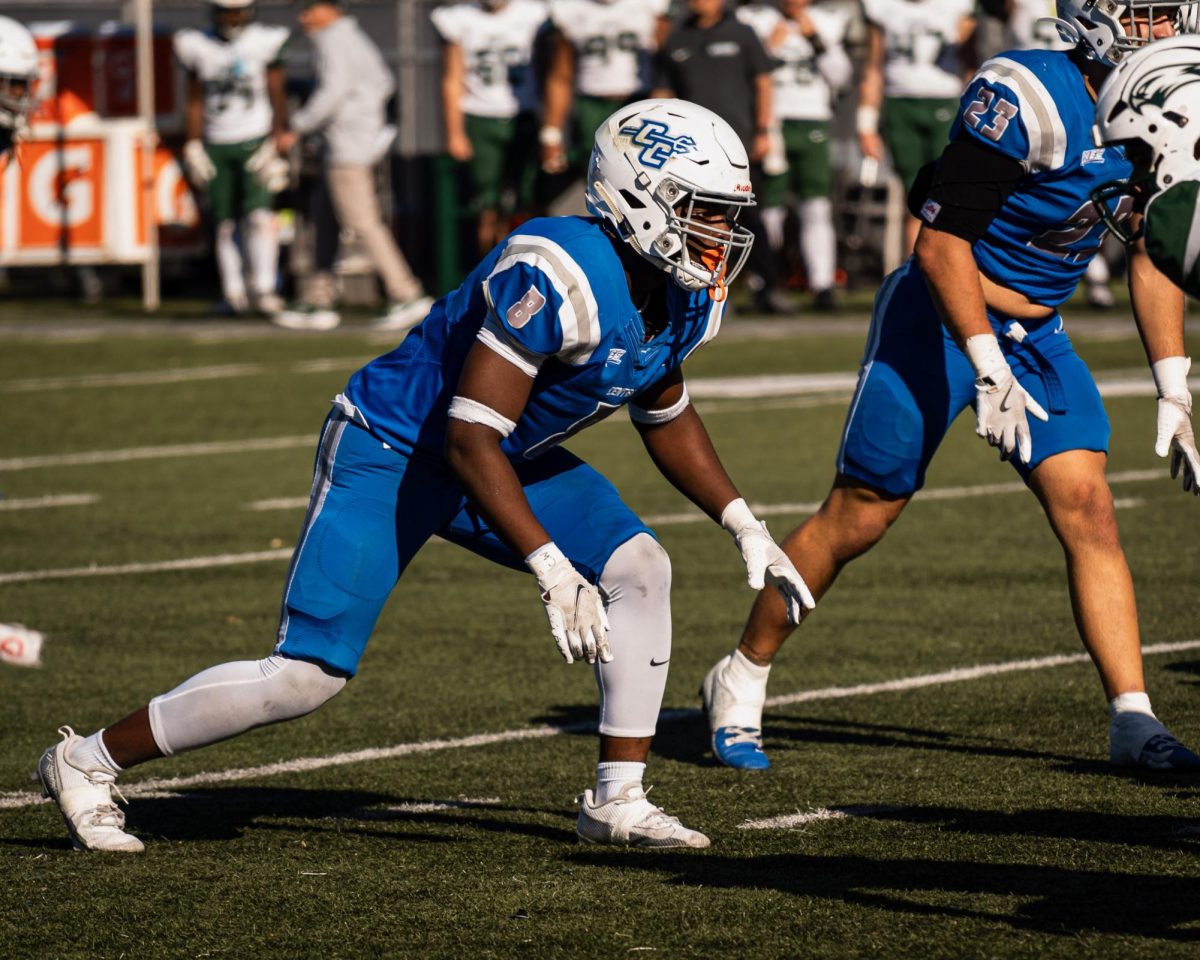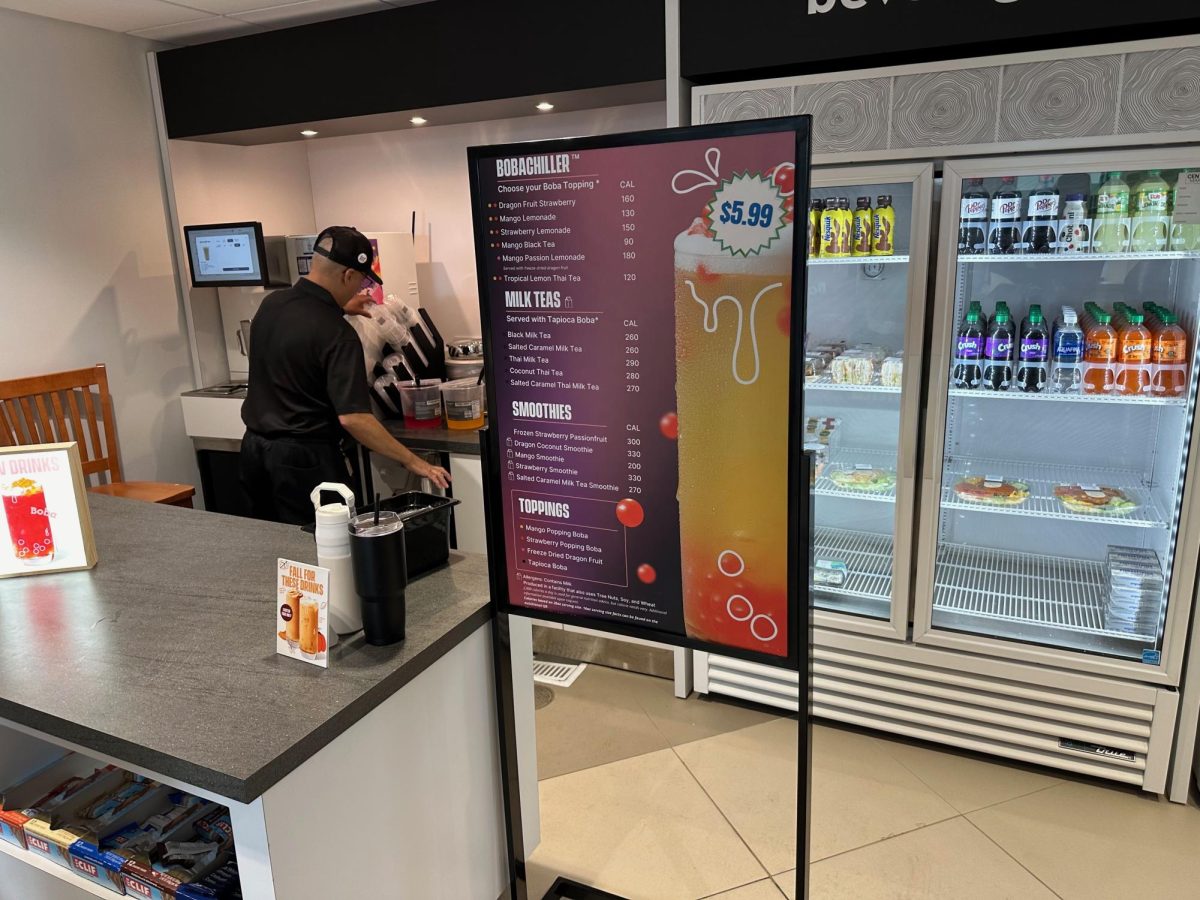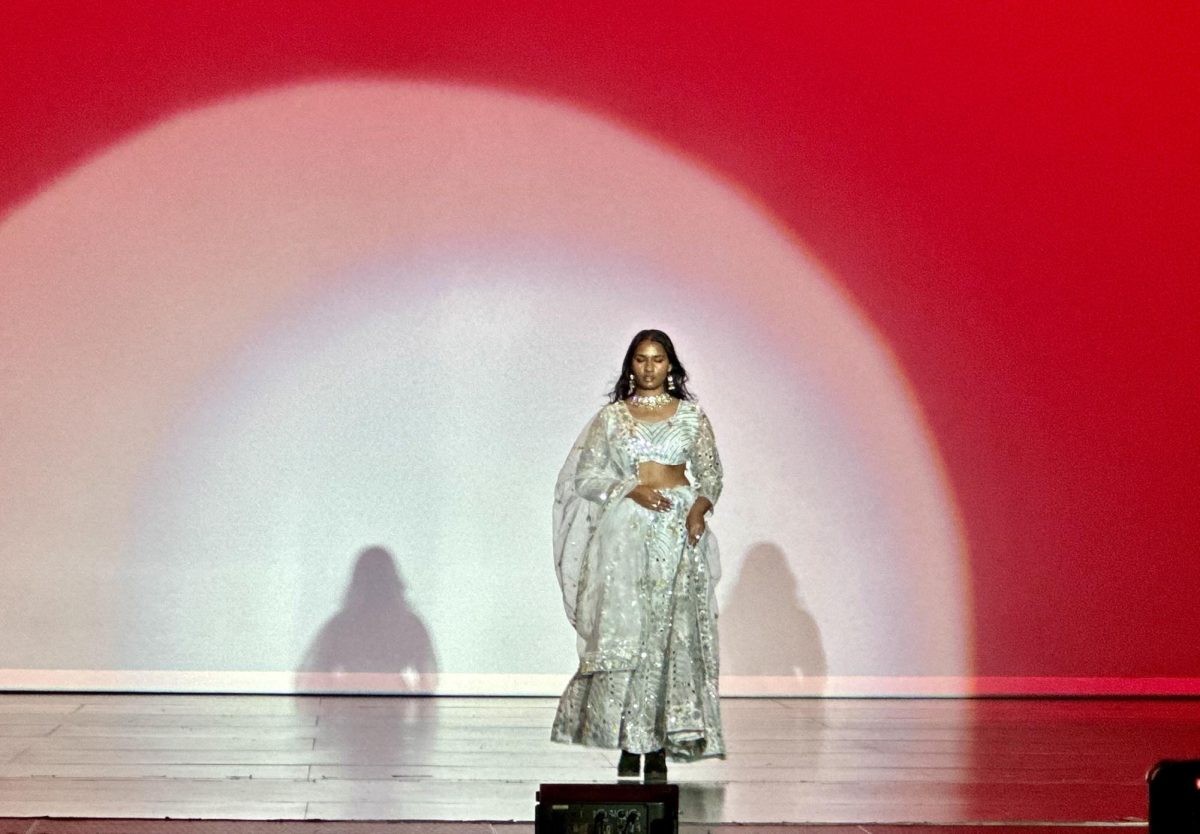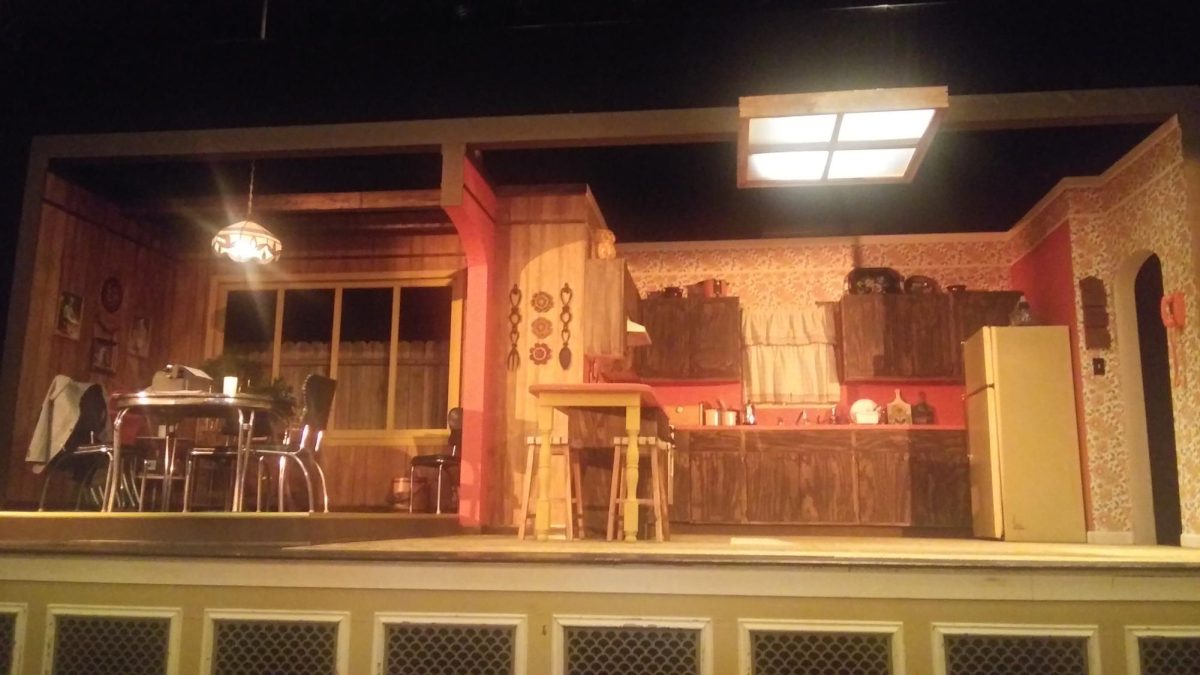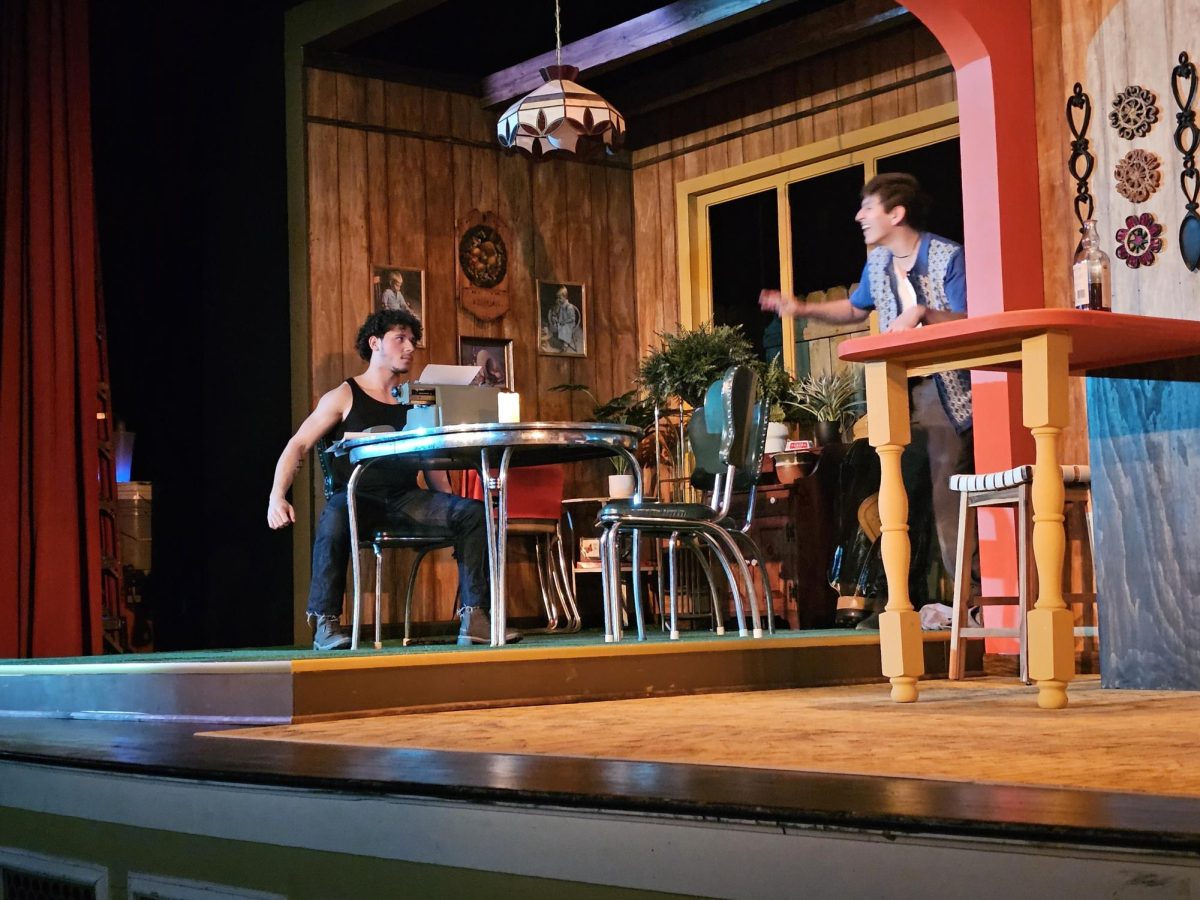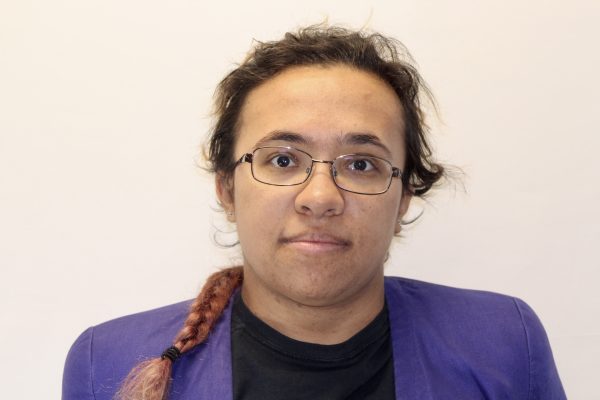Of the many Roald Dahl books I have read and collected, 1977’s “The Wonderful Story of Henry Sugar and Six More” is a lesser-known standout.
It’s a collection of short stories telling a variety of tales written in that captivating style that Dahl is known for. When I was a kid, I loved to read Dahl’s books. They were among some of my top picks for favorite children’s books and Dahl was one of my favorite authors. I even prided myself on how many of his works I had read.
The titular story is among one of the most interesting. It’s quite a bit longer than the other stories, in no small part that it contains a story within a story to set up the plot of the main story, which follows the exploits of Henry Sugar. It may be short, but it is rather sweet and uplifting. It is the story of a man who gains impressive powers and decides to use them for good to help others in need.
When I heard about the Netflix short film adaptation of “The Wonderful Story of Henry Sugar” by Wes Andersen, I was very curious. Adaptations of Dahl’s stories vary widely in quality from great, like the musical adaptation of “Matilda,” to disappointing, like Disney’s adaptation of “The BFG.” But I was willing to give it a go and see what Anderson had come up with.
The film is rather short, just under forty minutes long. It also has a rather small cast with the actors playing secondary characters as well as the main ones. I found this to be a rather refreshing way to adapt a short story. Many short stories that get a movie adaption get their plots stretched to become a feature-length film and they add in elements to pad out the run time. While that can work for some stories, not all of them need it, especially with how simple and to the point “The Wonderful Story of Henry Sugar” is with its plot.
The film also had some very interesting qualities to it. The image quality was something that you would see out of the ’70s or ’80s like it was shot on an old film reel rather than a digital camera. It gave it the sense of an indie film and not something from a big-budget studio. It also had a 4-3 aspect ratio, which is an older aspect ratio not commonly used today, instead of the typical 1-85-1 ratio for most movies or even 16-9 for television. This added to the older feel of the movie and was rather pleasant to watch.
The performances in the movie were intriguing to watch. The entire movie had a feeling more akin to a stage performance than a typical movie. The movie sets felt like they were simple sets you would see in a play and there were stagehands visible on screen moving different parts of the set around to change the scene. It was fascinating to watch these two forms of performing combine in a way that isn’t typically done.
The actors all narrated the movie with lines straight from the book as the plot progressed and the actions and dialogue of the characters in the story. As the story changes the point of view, the character narrating would change in turn. This was a bit jarring in the beginning, as I did not anticipate it, but it emphasized the play’s aesthetic. It also helped the film to go at a brisker pace than it otherwise would have if there was no narration and the actors had to act things out in a standard movie way.
The film opens with Roald Dahl, played by Ralph Fiennes, explaining that Henry Sugar was a wealthy man who didn’t do much with his life other than typical rich people’s things and gambling. One day, while at a friend’s house, Henry finds a small blue book containing an account by Dr. Chatterjee. The movie switches to Dr. Chatterjee’s perspective where he describes meeting a man named Imdad Khan who claims to and does demonstrate the ability to see without his eyes.
Imdad narrates that he gained this ability by meeting a yogi who instructed him on how to achieve impossible abilities through meditation practices. Imdad explains everything he learned to Dr. Chatterjee, who transcribes it for him. But the day after speaking with Imdad, Dr. Chatterjee learns that Imdad has died in the night, much to his disappointment.
Henry is intrigued by the book, particularly what Imdad said about being able to see through a playing card with his powers, and decides to replicate it for himself. He spends over three years training with Imdad’s technique before he is indeed able to read a card from the back.
Henry decides to go to a casino to fully test his new abilities and ends up winning £30,000, which he takes home in a disappointed mood. After he causes a mob the next morning by throwing the money out his window and into the street, Henry is inspired by a policeman who scolds him for his actions to use his abilities to gain a massive amount of wealth that he will use to fund hospitals and orphanages. He works with his accountant to funnel all the money he makes from casinos across the world to accomplish his goals.
After twenty years of work and successfully creating twenty-one hospitals and orphanages, Henry dies from a pulmonary embolism that he had anticipated and was teased about earlier in the movie. His accountant contacts Roald Dahl and commissions him to write the story of Henry Sugar, despite that not being his real name.
This film, and the short story it’s based on, are very sweet, befittingly so for a character with the last name of Sugar. It was very enjoyable to watch and a delight to see one of Dahl’s lesser-known works get an adaptation. Anderson has said that he will be adapting a few more of Dahl’s short stories and I’m excited to see what he will come up with for them.

